Setting up a home gym is a fantastic way to reach your fitness goals easily. But choosing the right equipment can be tricky. There are many options, so you need to think about your fitness goals, available space, and budget. Beginners may need simple tools, while advanced users might want more equipment. Knowing what you need will save money and effort. This guide will explain how to pick equipment that is useful, durable, and fits your needs. With proper planning, you can create a home gym that is perfect for effective workouts. Here’s a comprehensive guide to help you select the best home gym equipment for your home gym.
1. Assess Your Fitness Goals
Your fitness goals will shape your home gym setup. Your equipment choices should align with your objectives. Your focus may be on strength training, weight loss, cardiovascular fitness, or flexibility.
Strength Training: For this you may need dumbbells, barbells, resistance bands, kettlebells, and a bench.
Cardio: Treadmills, stationary bikes, rowing machines, or jump ropes are best for cardio exercising.
Flexibility and Mobility: Yoga mats, foam rollers, and stretching straps are best for body relaxation after exercise.
2. Determine Your Space Availability
The size and layout of your workout area will influence your equipment choices.
Small Spaces: Choose compact, foldable, or multi-functional equipment. You can select adjustable dumbbells, resistance bands, and compact treadmills.
Larger Spaces: You can choose larger machines like a power rack, rowing machine, or a Smith machine.
Measure your available space. Make sure to account for extra room for movement, safety, and ventilation.
3. Consider Your Budget
Home gym equipment varies widely in price. Decide on a budget and focus on essential equipment over extras.
Budget-Friendly Options: Resistance bands, jump ropes, yoga mats, and second-hand equipment.
Investment Pieces: High-quality treadmills, functional trainers, or adjustable dumbbell sets.
To save money, watch out for sales, modernized equipment, and bundle deals.
4. Focus on Multi-Purpose Equipment
If you have limited space or budget, invest in multi-functional equipment. Select such equipment that serves many purposes.
Adjustable Dumbbells: Replace an entire rack of dumbbells with one adjustable set.
Functional Trainers: Provide a range of strength and cable exercises.
Pull-Up Bars: You can use them for pull-ups, hanging leg raises, or even to anchor resistance bands.
5. Check Your Fitness Level
Choose equipment suitable for your current fitness level while leaving room for progression.
Beginners: Start with lighter weights, simple machines, or low-impact tools like resistance bands.
Advanced Users: Consider specialized equipment. Consider investing in specialized equipment like power racks, Olympic weight sets, or kettlebells.
6. Focus on Safety Features
Safety is paramount when working out at home without supervision.
Treadmills: Ensure it has a safety key and sturdy handles.
Weight Machines: Look for secure locking mechanisms.
Flooring: Use rubber mats or gym tiles to prevent slipping and protect your floors.
7. Research and Read Reviews
Before purchasing any equipment, read reviews and testimonials. Learn how to assess product quality and user satisfaction. Select brands with a reputation for durability and reliability. Compare models to find the one that best fits your needs and budget.
8. Check for Storage and Organization
A clutter-free gym space is safer and more inviting. Invest in wall-mounted storage racks for resistance bands, yoga mats, and barbells. Use shelves or bins for smaller items like kettlebells, water bottles, and gloves.
9. Test Equipment Before Buying
If you are able to, try out the equipment at a store or a gym. Make sure that it is comfortable and that it is suitable for the way that you exercise.
10. Maintenance and Durability
Durable equipment reduces the need for frequent replacements. Choose materials like heavy-duty steel for strength equipment. Ensure cardio machines have easy maintenance requirements and accessible repair services.
Best Home Gym Equipment Categories
1. Cardio Equipment

Cardio equipment is an essential part of fitness routines. Its design enhances heart health, boosts endurance, and promotes weight loss. Common types include treadmills, stationary bikes, rowing machines, and elliptical trainers. Each type provides distinct opportunity. Treadmills are ideal for walking, jogging, and running. But stationary bikes provide a low-impact option suitable for joint concerns. Rowing machines deliver a full-body workout by engaging many muscle groups. Elliptical trainers mimic running with minimal joint stress. Modern cardio equipment includes heart rate monitors and built-in workout programs. Additionally, it features adjustable resistance levels. Whether in a gym or a home setup, cardio equipment caters to diverse fitness needs. They help to create a consistent and effective exercise routine.
Treadmills: Ideal for walking or running at adjustable speeds and inclines.
Stationary Bikes: Low-impact and perfect for lower body strengthening.
Rowing Machines: Combine cardio and strength training in one workout.
Jump Ropes: Affordable and effective for high-intensity cardio.
2. Strength Training Equipment
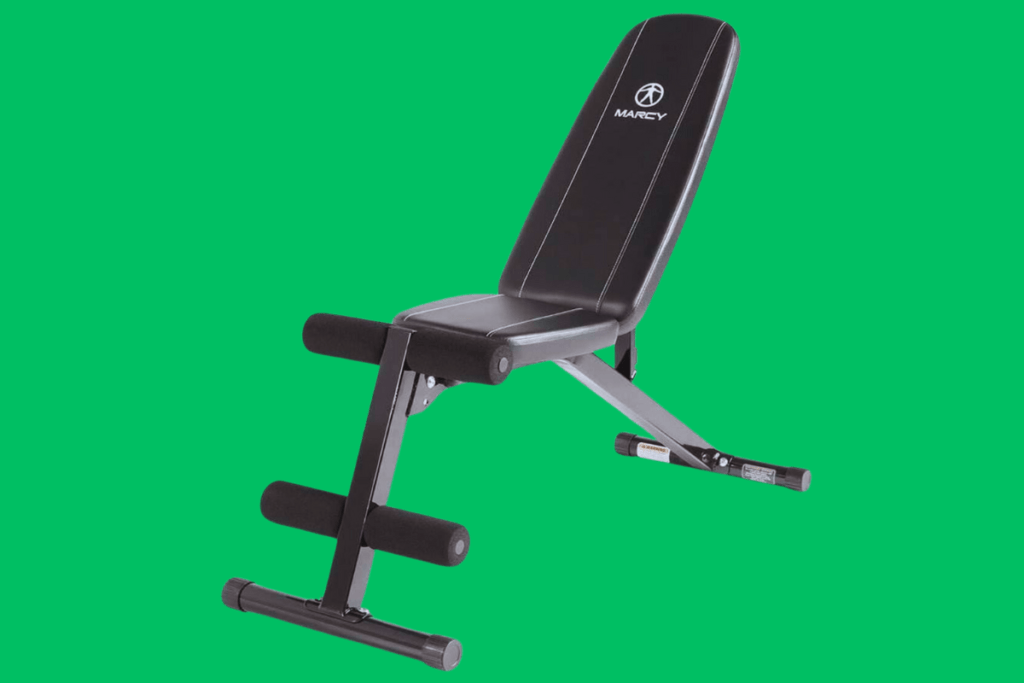
Strength training equipment is essential for building muscle. It improves bone density and increases physical strength. Popular options are dumbbells, barbells, and weight plates. They offer a range of exercises like squats, presses, and curls. Adjustable dumbbells save space and provide many weight options. But barbells are ideal for heavy lifts. Resistance bands are lightweight, portable tools suitable for beginners and advanced users alike. Kettlebells add a dynamic element to workouts, enhancing functional strength and coordination. Smith machines and functional trainers offer better motion. They ensure the safety and effectiveness of targeted muscle development. Benches, pull-up bars, and squat racks support a variety of exercises. Strength training equipment has the potential to transform a workout area into a powerhouse. They enhance muscle building and fitness. Proper selection of strength training equipment depends on fitness goals and available space.
Dumbbells: Versatile and suitable for a wide range of exercises.
Barbells and Weight Plates: Perfect for advanced strength training.
Resistance Bands: Lightweight and portable, suitable for beginners and advanced users.
Kettlebells: Great for functional and dynamic movements.
3. Flexibility and Recovery Equipment
To complement strength and cardio workouts, flexibility tools are essential.
Yoga Mats: Necessary for stretching, yoga, or core workouts.
Foam Rollers: Aid in muscle recovery and reduce soreness.
Stretch Straps: Help improve range of motion and flexibility.
4. Multi-Purpose Machines
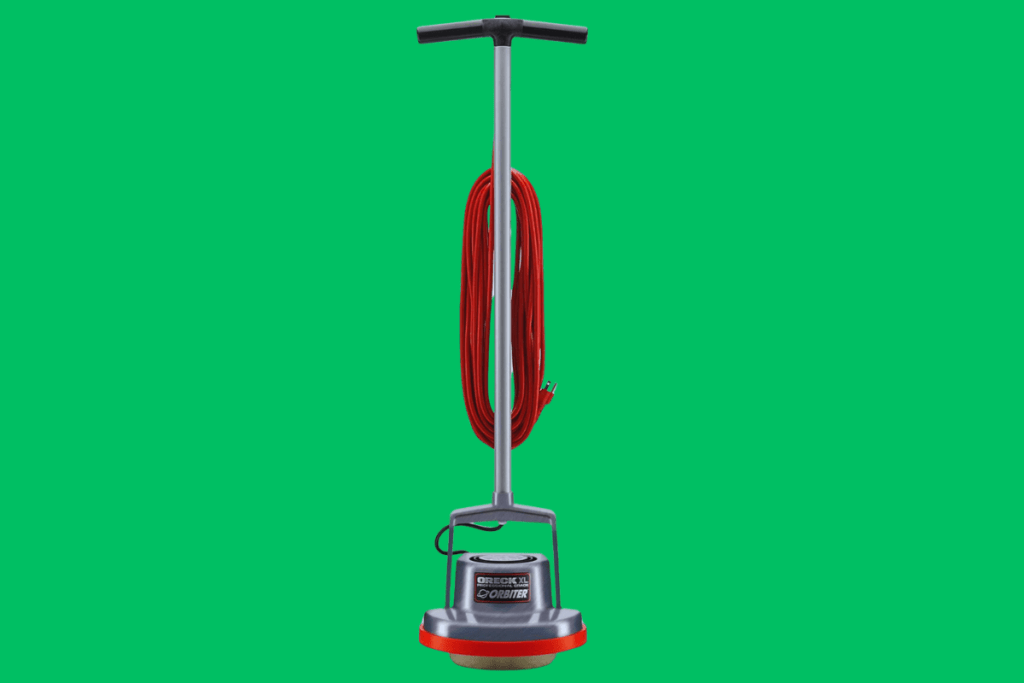
A multi-purpose machine is a transformative tool for fitness enthusiasts. This is particularly beneficial for individuals who are establishing a home gym. Its versatility allows users to perform various exercises targeting different muscle groups. making it ideal for full-body workouts. By combining many functionalities into one compact unit, it saves valuable space in smaller workout areas. This equipment is cost-effective. This equipment eliminates the need to purchase numerous single-function machines.
Functional Trainers: Include cables and attachments for a variety of exercises.
Smith Machines: Offer safety for solo strength training.
All-in-One Machines: Combine many strength and cardio functionalities.
5. Accessories
Accessories enhance the functionality and convenience of your gym setup.
Mirrors: For form correction and creating a spacious feel.
Speakers or TVs: You can use audio devices or TVs for motivation and workout guidance.
Clocks and Timers: Essential for tracking workout durations and intervals.
Avoid Common Mistakes
Overloading with Equipment: Don’t buy everything at once. Start with essentials and expand as needed.
Ignoring Space Constraints: Always consider space before purchasing large machines.
Skipping Professional Advice: Consult a trainer or fitness expert. Be sure about what to buy.
Choosing Aesthetics Over Functionality: Focus on quality and functionality over trendy designs. Choose aesthetic equipment.
To Conclude
Choose the appropriate equipment for your home gym. It is a personal and rewarding process that requires thoughtful planning. This process requires careful consideration of your fitness goals, the available space, and your budget. Create a functional and motivating workout space that matches your needs. Focus on versatile, durable equipment that offers value and fits into your lifestyle. Remember, it’s not about having the most expensive tools but about making smart choices that support effective exercise. Regularly check your setup to ensure it evolves with your fitness journey. A well-chosen home gym empowers you to focus on health. This makes it a worthwhile investment in your long-term fitness success.
Want More Home Gym Tips?
Subscribe to our newsletter for expert gear reviews, space-saving workout ideas, and home fitness strategies delivered straight to your inbox. Let’s build a smarter, stronger home gym—together!

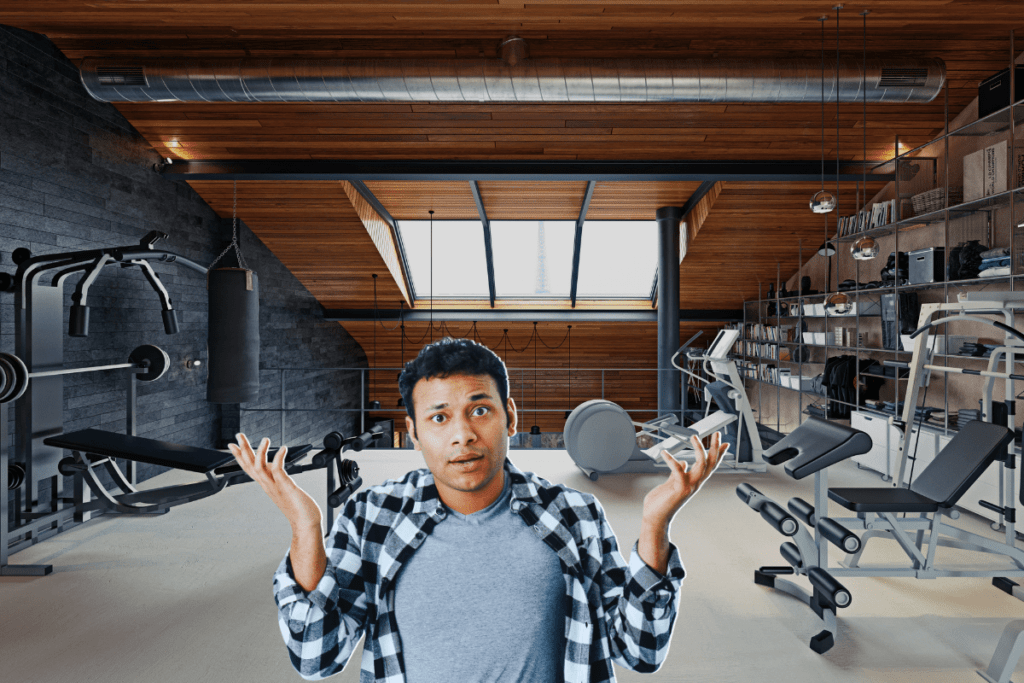
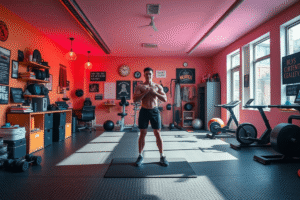


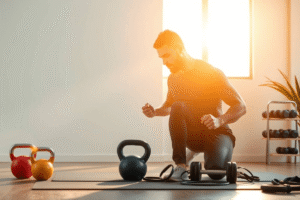
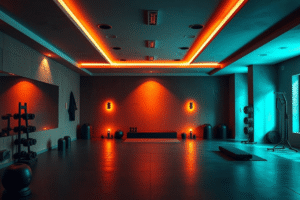

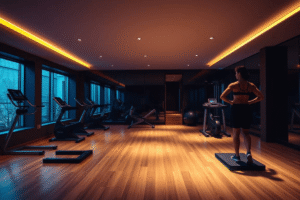

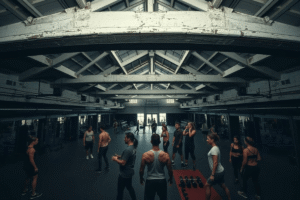
109 Comments
аккаунты с балансом https://birzha-akkauntov-online.ru/
площадка для продажи аккаунтов маркетплейс аккаунтов
продажа аккаунтов соцсетей купить аккаунт с прокачкой
купить аккаунт маркетплейс аккаунтов соцсетей
маркетплейс аккаунтов https://kupit-akkaunt-top.ru
маркетплейс для реселлеров купить аккаунт
Gaming account marketplace Accounts market
Account market https://accountsmarketplacepro.com
Account Sale Website for Buying Accounts
Account Acquisition Sell Pre-made Account
Marketplace for Ready-Made Accounts Verified Accounts for Sale
Sell Pre-made Account Account Buying Service
Verified Accounts for Sale Guaranteed Accounts
Sell Pre-made Account Sell Pre-made Account
Accounts for Sale Account Acquisition
Purchase Ready-Made Accounts Website for Selling Accounts
ready-made accounts for sale account purchase
buy account sell accounts
account exchange service account buying service
online account store account buying platform
website for buying accounts secure account purchasing platform
guaranteed accounts website for buying accounts
account market account trading platform
buy account account trading service
account buying platform online account store
account trading account buying service
account sale profitable account sales
account market account market
account market account purchase
account trading database of accounts for sale
account buying service accounts for sale
purchase ready-made accounts website for selling accounts
accounts for sale https://social-accounts-marketplace.org/
account trading platform profitable account sales
purchase ready-made accounts account sale
account sale account selling service
buy pre-made account find accounts for sale
secure account purchasing platform sell accounts
buy and sell accounts ready-made accounts for sale
profitable account sales online account store
account trading platform accounts-store.org
buy and sell accounts account selling platform
marketplace for ready-made accounts account store
guaranteed accounts purchase ready-made accounts
gaming account marketplace https://accounts-offer.org
sell account https://accounts-marketplace.xyz
account exchange accounts market
account acquisition https://social-accounts-marketplaces.live
account trading platform https://accounts-marketplace.live
purchase ready-made accounts buy accounts
verified accounts for sale https://buy-accounts.space
profitable account sales https://buy-accounts-shop.pro/
accounts for sale https://buy-accounts.live
account exchange https://social-accounts-marketplace.live
find accounts for sale https://accounts-marketplace.online
account acquisition https://accounts-marketplace-best.pro
купить аккаунт https://akkaunty-na-prodazhu.pro/
продать аккаунт https://rynok-akkauntov.top/
маркетплейс аккаунтов https://kupit-akkaunt.xyz
биржа аккаунтов https://akkaunt-magazin.online/
биржа аккаунтов https://akkaunty-market.live
покупка аккаунтов kupit-akkaunty-market.xyz
маркетплейс аккаунтов akkaunty-optom.live
магазин аккаунтов online-akkaunty-magazin.xyz
продажа аккаунтов маркетплейсов аккаунтов
продать аккаунт https://kupit-akkaunt.online/
buy facebook accounts for advertising facebook ads account for sale
buy fb ad account buying facebook accounts
buying facebook account buy facebook ad account
buy a facebook account buy facebook profile
facebook account sale https://ad-account-buy.top
buy a facebook account https://buy-ads-account.work
facebook account sale facebook ad accounts for sale
buy accounts facebook https://buy-ad-account.click
buying fb accounts https://ad-accounts-for-sale.work/
google ads account for sale https://buy-ads-account.top
google ads account for sale https://buy-ads-accounts.click
facebook ad accounts for sale facebook ads account for sale
google ads account buy https://ads-account-for-sale.top
buy aged google ads account https://ads-account-buy.work
buy old google ads account sell google ads account
google ads agency accounts https://buy-account-ads.work
buy aged google ads account https://buy-ads-agency-account.top
buy google ad account https://sell-ads-account.click/
buy account google ads https://ads-agency-account-buy.click
buy fb bm https://buy-business-manager.org
sell google ads account https://buy-verified-ads-account.work
business manager for sale facebook business manager buy
unlimited bm facebook https://buy-business-manager-acc.org/
business manager for sale https://buy-verified-business-manager-account.org
facebook bm for sale https://buy-verified-business-manager.org/
buy facebook business account business-manager-for-sale.org
buy verified facebook buy-business-manager-verified.org
business manager for sale https://buy-bm.org
facebook business manager buy https://verified-business-manager-for-sale.org
facebook business manager account buy https://buy-business-manager-accounts.org/
buy tiktok ads accounts https://buy-tiktok-ads-account.org
tiktok ads account buy buy tiktok ads
buy tiktok business account https://tiktok-ads-account-for-sale.org
buy tiktok ads accounts https://tiktok-agency-account-for-sale.org
tiktok ad accounts https://buy-tiktok-ad-account.org
buy tiktok ad account https://buy-tiktok-ads-accounts.org
buy tiktok ads accounts https://tiktok-ads-agency-account.org
tiktok agency account for sale https://buy-tiktok-business-account.org
tiktok ads account for sale https://buy-tiktok-ads.org
buy facebook account account trading platform account acquisition
buy fb ads account database of accounts for sale account marketplace
Verfügbar sind stattdessen auch Tischspiele wie Roulette, Black Jack, Baccarat oder Texas Hold’em.
Kannst du bis zur nächsten Ladung kostenloser Spielchips nicht mehr warten, schafft der hauseigene Shop des Casinos
Abhilfe. Stattdessen macht der Anbieter seinem Ruf
als Social Casino alle Ehre und bietet die Software direkt über das soziale Netzwerk von Facebook
an. Von der Spielauswahl bis zum mobilen Angebot, dem Zugriff auf Spielchips und die Arbeit des Kundensupports erfährst
du im Folgenden alles Wichtige. Achtet auf die verschiedenen Möglichkeiten, um diese Angebote zu nutzen, und lasst euch keine Gelegenheit entgehen, zusätzliche
Chips zu erhalten. Indem ihr die Freispiel-Angebote, Werbeaktionen und Sonderangebote von Huuuge Casino nutzt, könnt
ihr kostenlose Chips verdienen und eure Spielzeit verlängern.
Die Spiele im Huuuge Casino werden mit virtuellen Spielchips gespielt, die Spieler kostenlos
erhalten. Ein weiterer effektiver Tipp, um kostenlose Chips im Huuuge Casino zu erhalten, besteht darin, Freunde einzuladen und gemeinsam zu spielen. Die Idee dahinter ist,
dass ihr mithilfe dieser Generatoren einen zusätzlichen Vorrat an Chips erhalten könnt, um länger und intensiver spielen zu können.
Regelmäßig zugeschoben wird dir eine neue Ladung Chips
zum Beispiel durch den sogenannten Betty Bonus.
Am Desktop ist die Teilnahme am Spielangebot ausschließlich über das soziale
Netzwerk von Facebook möglich. Spürbar ist das auch beim Blick auf die Bonusangebote, denn von diesen warten hier gleich mehrere
auf dich. Mit Bonusangeboten und Gutscheinen kennt sich das Huuuge
Casino bestens aus.
References:
https://online-spielhallen.de/jokerstar-casino-bonus-code-alle-wichtigen-infos-fur-spieler/
Der Mindesteinzahlungsbetrag variiert je nach Methode, ist aber im Allgemeinen angemessen, um allen Spielern gerecht
zu werden. Bassbet Casino bietet ein benutzerfreundliches und sicheres
Bergerlebnis, das sicherstellt, dass Spieler ihr Geld problemlos verwalten können. Bassbet unterliegt den strengen Vorschriften der Malta Gaming Authority (MGA), einer führenden Regulierungsbehörde in der Online-Glücksspielbranche.
Bassbet Online bietet eine große Auswahl an attraktiven Boni und Werbeaktionen, die
das Spielerlebnis sowohl für neue als auch für bestehende Spieler verbessern sollen.
Je mehr Sie spielen, desto größer sind Ihre Chancen, bei BassBet den ganz großen Fisch zu fangen! Egal, ob Sie
ein Fan von spannenden Spielautomaten oder strategischen Tischspielen sind, hier ist für jeden etwas dabei.
Egal, ob Sie Spielautomaten, Tischspiele oder Live-Casino-Action lieben,
Sie werden bei jedem Einloggen etwas Aufregendes finden.
MrBet online casino nimmt die Sicherheit
der Benutzer sehr ernst.
In unserem Online Casino können Sie sich innerhalb weniger Minuten registrieren, einzahlen und spielen. Darüber hinaus bieten wir auch Tischspiele, Live-Casino-Spiele und
Rubbellose für Ihre Unterhaltung an. Damit wächst die Auswahl
unseres Spielcasinos stetig und bietet Ihnen als Benutzer immer jede Menge Unterhaltung mit fairen und sicheren Spielen in einer geschützten Umgebung.
Hier finden Sie alle Ihre Lieblingsspiele und können darüber hinaus
neue innovative Anbieter und Slots für sich entdecken. Falls man ein Interesse an Glücksspielen hat, ist man in einem österreichischen Online Casino gut aufgehoben und kann eigene Erfahrungen sammeln.
References:
https://online-spielhallen.de/meine-bregenz-casino-erfahrungen-ein-spielerbericht/